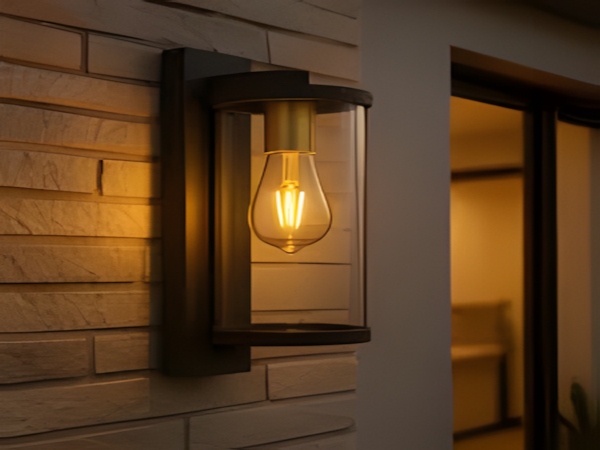
With the increasing scarcity of Earth’s resources and the rising investment costs of basic energy, various safety and pollution risks are omnipresent. Solar street lights, as a renewable and environmentally friendly energy source, are gaining more attention for their infinite availability. At the same time, with the development and advancement of solar photovoltaic technology, solar street light products have increasingly perfected their dual advantages of environmental protection and energy conservation in the field of street lighting. However, solar street lights come with both advantages and disadvantages. Here are the insights shared by Century Sunshine Lighting:
Advantages
1. Solar street lights utilize solar photovoltaic cells to provide energy. As a green and environmentally friendly energy source, solar energy is inexhaustible. Fully utilizing solar resources positively contributes to alleviating the tension surrounding conventional energy.
2. The installation of solar street lights is simple and convenient. Unlike traditional street lights that require extensive groundwork like laying cables, solar street lights only need a fixed base, with all wiring and control components integrated within the lamp structure.
3. Solar street lights have low operational and maintenance costs. The entire system is automatically controlled, requiring no human intervention, and incurs almost no maintenance costs.
Disadvantages

Dispersal: Although the total amount of solar radiation that reaches Earth’s surface is significant, its energy density is relatively low. On average, near the Tropic of Cancer during clear summer weather, the solar irradiance at noon can reach around 1,000W per square meter, but averaged over the year, it only amounts to around 200W. In winter, it’s about half that, and on cloudy days, it can be as low as 1/5, which indicates a low energy density. Therefore, harnessing solar energy for a certain amount of conversion power often requires a considerable area for collection and conversion equipment, resulting in high costs.

Instability: Due to natural conditions such as day and night, seasons, geographical latitude, and altitude, as well as random factors like clear or cloudy weather, the solar irradiance that reaches a specific point is both intermittent and highly unstable. This adds challenges to the large-scale application of solar energy. To make solar energy a continuous and stable energy source that can ultimately compete with conventional energy, it is essential to effectively address the energy storage problem—storing solar radiation energy during sunny days for use at night or on cloudy days. However, energy storage is one of the weaker links in solar energy utilization.
Low efficiency and high costs: While the development level of solar energy utilization may theoretically be feasible and technologically mature in some aspects, certain solar utilization devices suffer from lower efficiencies and higher costs. Overall, their economic viability still cannot compete with conventional energy. In the foreseeable future, further development of solar energy utilization will be primarily constrained by economic factors.
In conclusion, while solar street lights are excellent products for harnessing solar energy, they do have some drawbacks. However, with ongoing advancements in technology, solar street lights are expected to improve continuously, bringing comfort and safety to everyone.



